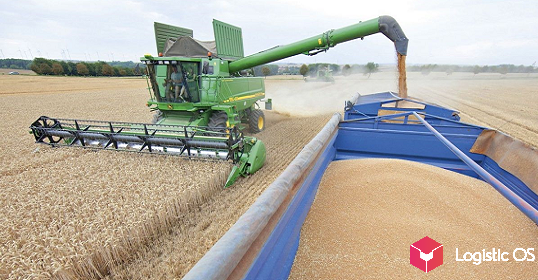PJSC Novorossiysk Commercial Sea Port was the first to interact with the project in 2017.
For any port, especially a large one, it is necessary to regulate train flows to port stations and link them to the needs and capabilities of sea terminals.
For a long time, this planning was done by hand. The logistics center received information from the port on the congestion of the terminals, the approach of ships, the occupancy of storage sites and loading plans.
At the same time, an analysis was carried out of information about the approach of trains, the possibility of the railway for the passage of goods and traction resources.
The data obtained became the basis for the daily formation of a plan for the approach of trains to the port stations, which determined the sequence of the train’s entry.
This process was laborious, took a lot of time, did not exclude the influence of the «human factor» — there was a risk of downtime of the cargo fronts of the port.
A program has begun to automate the formation of a plan for the supply of train traffic from the largest port in the south of Russia — Novorossiysk, which is adjacent to the North Caucasian road.
An information module was created and implemented that allows dispatchers to prioritize the approach of trains: to speed up, slow down or keep the pace unchanged.
The exchange of information between the port and the railway is carried out with the help of a robot, which makes day-shift planning and delivery of goods to the port more efficient, and most importantly, more efficient.
This year, JSC Grain Terminal KSK, LLC IPP, LLC OTEKO-Portoservice, JSC Taganrog Commercial Sea Port and LLC Yeisk-Port-Vista will be connected to DILS.

